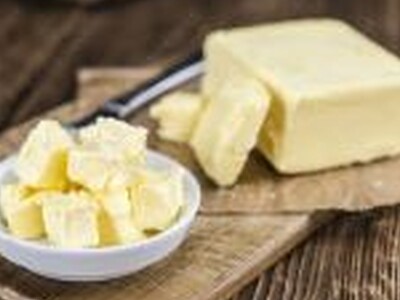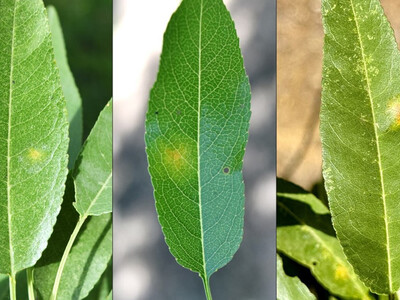Reducing Acrylamides
Reducing Acrylamides. I’m Greg Martin with today’s Line On Agriculture.
Sometimes there are unwanted consequences to ordinary situations. In the case of creating tasty, golden French fries we often times end up with something called acrylamide. Acrylamide occurs in many cooked starchy foods like potato chips and fries. Jerry Vogel with the Frito Lay company discusses what acrylamide is.
VOGEL: Now the first thing a lot of people want to know is what is acrylamide and how does it wind up in any kinds of chips that we make? It is an industrial chemical. It’s been a known animal carcinogen since 1986 and a probably human carcinogen since 1991 and it was found in 2002 in cooked foods.
Vogel explains how acrylamide is formed during that cooking process.
VOGEL: The browning reaction is cooking. That is what happens when you have reducing sugars and amino acids and you heat them up and they develop colors and flavors and that’s what makes the chips taste good. When the amino acid is asparagine, you get acrylamide. Reducing sugars, glucose, dextrose plus asparagine when you heat them up primarily above 250 degrees Fahrenheit, acrylamide is formed.
Many chip manufacturers field questions quite often about why they would put something like this in their chips and the answer is that they don’t add it, it is simply formed in the process and Vogel says that is what they are working on reducing and eliminating.
VOGEL: So when acrylamide was discovered in foods as I said in 2002 Pepsico took this very seriously and we put a team of people together to try and figure out how we could reduce the formation of it in our foods. The first principle that we use is the ALAR principle which has really come out of the European community and that’s “As Low As Reasonably Achievable.”
There are many research projects going on right now to discover ways to achieve these reduced goals and of course there are many variables. One thing they discovered was that asparaginase reacted differently.
VOGEL: Now time, temperature is important, pH is important and molecular diffusion is important which is real important when it comes to reducing acrylamide in potato chips. And we thought this would work well with all our products because it worked so well with tortilla chips but we found that it doesn’t work on sliced p.c. and it also doesn’t work on potato flakes although that is a dough based product.
We’ll talk more about acrylamides tomorrow.
That’s today’s Line On Agriculture. I’m Greg Martin on the Northwest Ag Information Network.

















